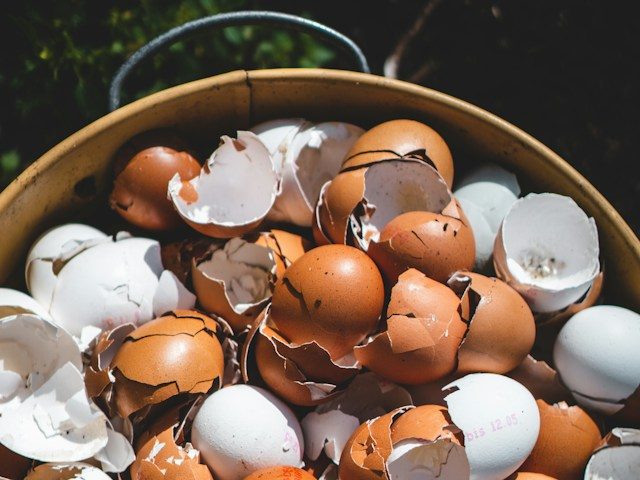
Plant parents are often drawn to cacti due to their easy care requirements and striking appearances. However, if you notice some yellowing or browning on your Prickly Pear, it could be bad news for your beloved plant so you need to diagnose the problem fast to see how you can regain some healthy pad growth. The most common reason for browning on your Prickly Pear Cactus are: overwatering, sunburn, drafts and temperature shock and pest infestation.
Overwatering can cause brown leaves
It can be super easy to want to give your Prickly Pear Cactus all the care in the world. But too much love can actually be very harmful to your plant.
Cacti in general can be pretty sensitive when it comes to overwatering which means it will quickly become soft, droopy and brown if given too much water. This will cause your Prickly Pear to become unstable and the pads will start to turn brown and mushy as they will not be able to get nutrients from the soil to maintain healthy growth.
If you think that you may have overwatered your Prickly Pear Cactus and this is causing the brown leaves, it is best to replace the soil straight away rather than just sit and wait for it to dry up over time. Be careful when removing the soil from the roots as you don’t want to cause any further damage.
Make sure to check the moisture in the soil before you water your Prickly Pear Cactus to avoid more brown leaves developing in future.. There are two really easy ways to make sure that it definitely needs water. First check the moisture at the top of the soil, if it is still damp then wait a few weeks before watering again. You can also lift up your Prickly Pear Cactus (whilst being cautious of the prickles of course) to check the weight of the plant before and after watering to gauge when the soil is dry. Bear in mind that your Prickly Pear Cactus really enjoys having dry soil and can go weeks/months without water depending on growing seasons so it is better to stay on the side of caution when watering.
Brown leaves can also be caused by sunburn
Cacti thrive in bright areas of the home/garden but can show symptoms of sunburn if moved from indoors to outdoors. This will show up as brown patches across the part of your Cactus that receives the most sunlight. This often occurs during the summer months where the sunlight is a lot stronger and out for longer periods of time. It may take some adjusting for your Prickly Pear to get used to the new light levels. Unfortunately, brown sunburn scars are permanent so you might want to think about re-locating your Prickly Pear to a slightly similar environment to what it was used to if it is struggling to adapt.
Complete Houseplant Care eBook
Our comprehensive (and rather good looking) eBook that will teach you everything you need to know to successfully care for, and maintain your houseplants!
Buy onBrown patches can indicate temperature shock
Your Prickly Pear could be in an area where it is suffering from temperature shock. This often occurs if your Prickly Pear is too close to a heating/AC vent or a radiator. Whilst the overall temperature in your home might be ideal for cacti growth, be wary of drafty windows, doors and vents that might be affecting your Prickly Pear Cactus and causing brown leaves. Make sure to open your windows every now and then to make sure that the air in your room is circulating properly. This reduces the risk of hotspots forming in the room where your Prickly Pear is sitting.
You can always pick up a digital thermometer to check for temperature fluctuations.
Pest infection can also cause brown leaves
A slightly less common reason why your Prickly Pear’s pads are turning brown is a pest infestation. It can happen that pests such as spider mites and scale insects take hold of your plant.
If you find pests on your Prickly Pear Cactus we recommend giving the whole plant a shower. Make sure the shower isn’t on full pressure wash down the pads and the soil with room temperature water. You should also treat your Prickly Pear Cactus with an organic insecticide to fight the infestation and avoid more brown leaves from forming on your plant.
Make sure to check over your other plants in the room to see if any other plants have pests. Keep your Prickly Pear (and other infected plants) a good distance away from any of your other houseplants as you don’t want the pests to spread.
To have the best chance of reviving your Prickly Pear, you need to act quickly to diagnose the problem and fix whatever is causing the brown leaves. It might also be a good idea to propagate some of the healthy pads incase your Prickly Pear doesn’t make it. That way you can focus on creating the ideal environment for the baby Prickly Pears.














